Elecnor Deimos leads the España Virtual consortium, a bridge between geography and the internet
A group of 20 institutions have developed this CENIT (Strategic National Consortiums in Technical Research) project, subsidised by the CDTI (Centre for Industrial Technological Development) which is part of the Ingenio programme 2010
The programme has generated a significant national and international impact
Madrid, 17 May 2012.- A group of 20 institutions led by Elecnor Deimos, Elecnor's technology department, has submitted the result of the project España Virtual to the National Geographic Institute (NGI), which after four years and a budget of 25 million euros, sets out the foundations for the creation of innovative systems that enable links to be created between geography and the internet.
España Virtual has mainly aimed to define the architecture, protocols and standards of internet geography, with a special focus on processing data, 3D visualisation, virtual worlds and interaction between users. The works carried out have generated a high number of results that have permitted considerable developments in the research of the different areas of the projects, the creation of demonstrators and experimental assets that will enable the development of commercial products.
The future applications of España Virtual include the following:
- To facilitate the creation of services with geographic information via the internet, simplifying the availability and adaptation of geographical data for any device and bandwidth. This includes both the "creation" of information and the intelligent search for data on the net.
- Simplifying the use of geographic information (maps and buildings, 2D/3D/4D) in physical simulations, including processing geographical data and the mass simulation via grid and cloud infrastructures.
- Creating internet services simply that combine different elements dynamically that provide and use information, together with interaction from the user.
- Using an open code geographical information system, gvSIG, which has incorporated, among others, the ability to visualise 3D/4D graphics and the management of LIDAR data.
- Having a complete range of increased reality, virtual reality and crossed reality applications, which can be used directly in industrial sectors for example.
Carlos Fernández de la Peña, president of the España Virtual Consortium, "the technological development will make sense if it improves the competitiveness of companies, responding to the needs of the users. España Virtual has focussed on creating a platform that enables geographic services to be provided via the internet, which have a big impact on a multitude of end services".
The R+D+i State Secretary of the Ministry of Economics and Competitiveness, Carmen Vela, the Deputy Secretary of the Ministry of Development, Mario Garcés San Agustín; the General Director of the Centre for Industrial Technological Development (CDTI), Elisa Robles; and the President of the National Geographical Information Centre, Amador Elena Córdoba, attended the presentation, as well as the representatives of companies involved in the project.


